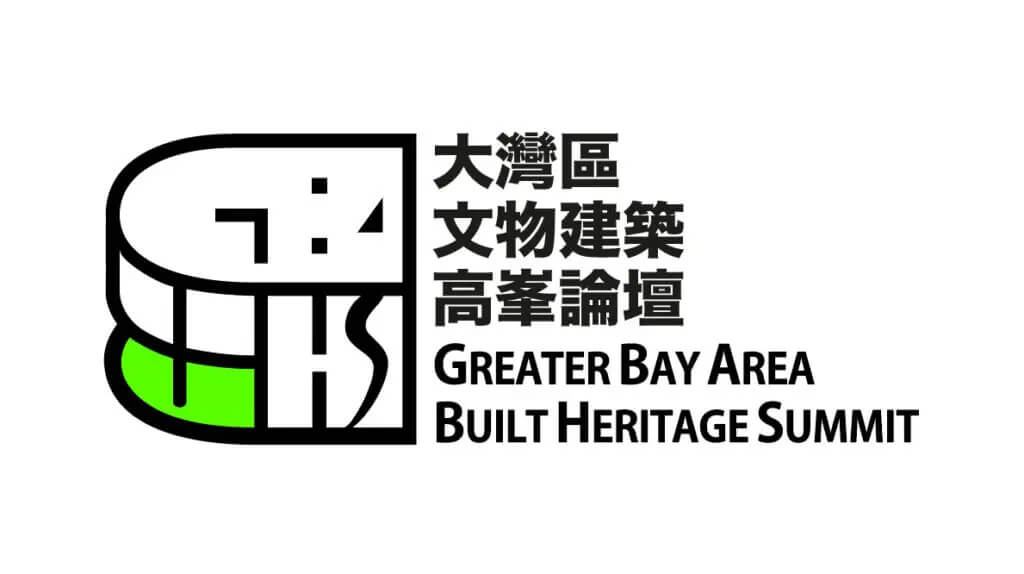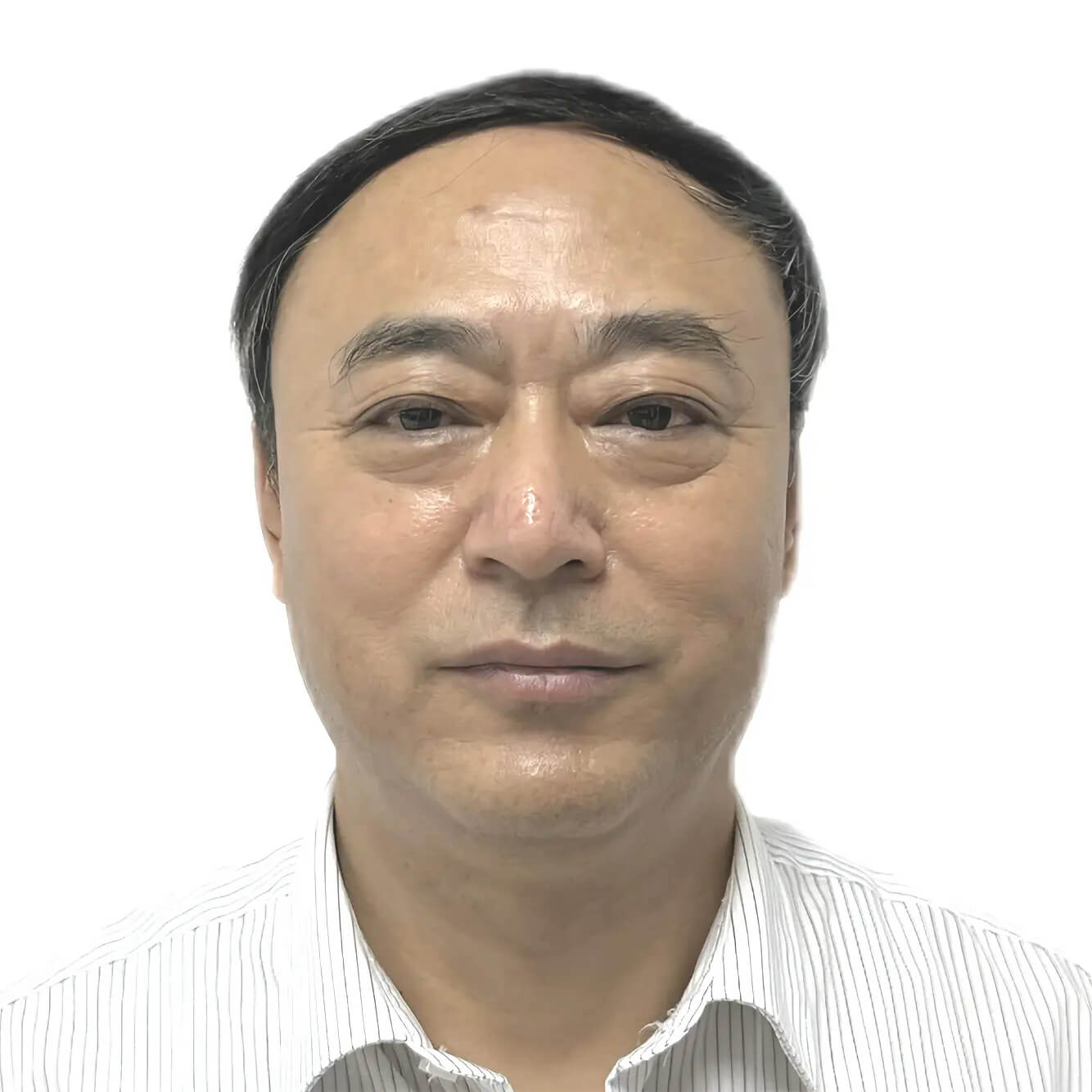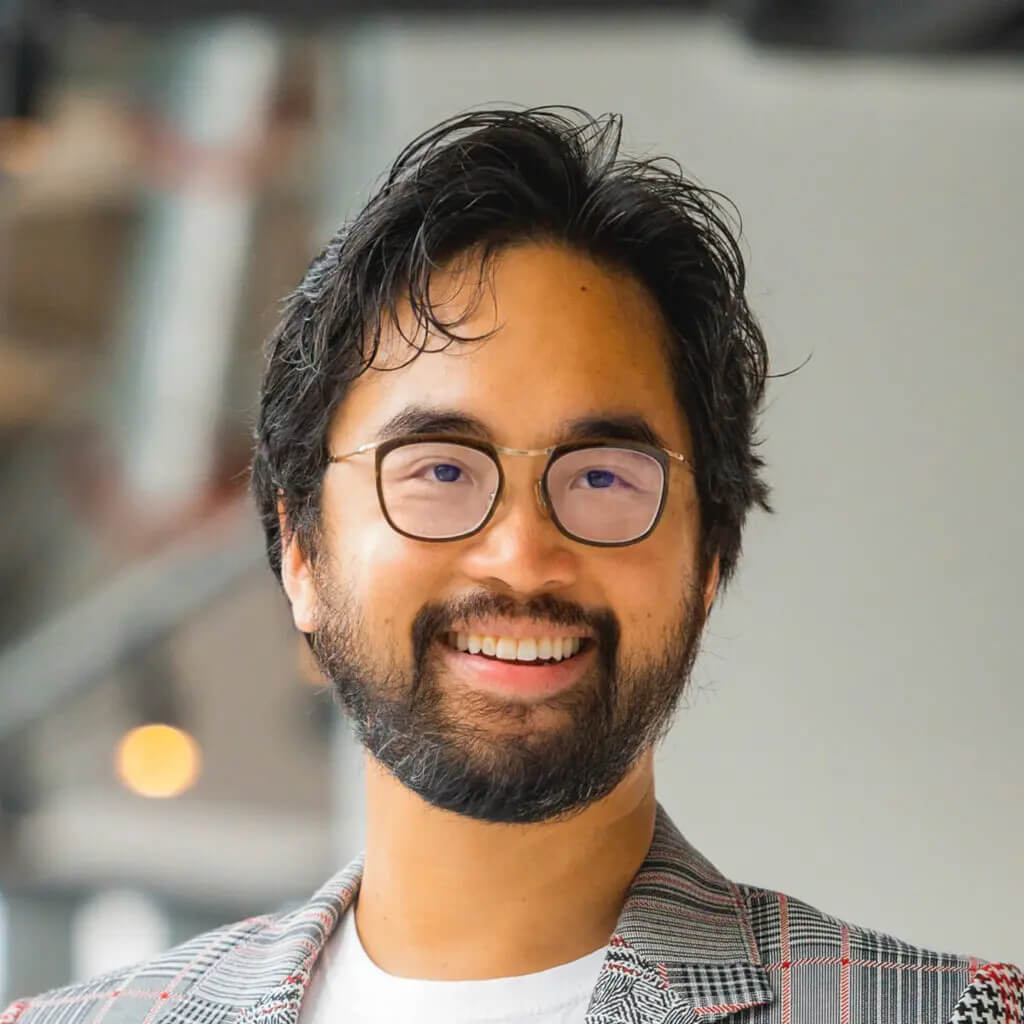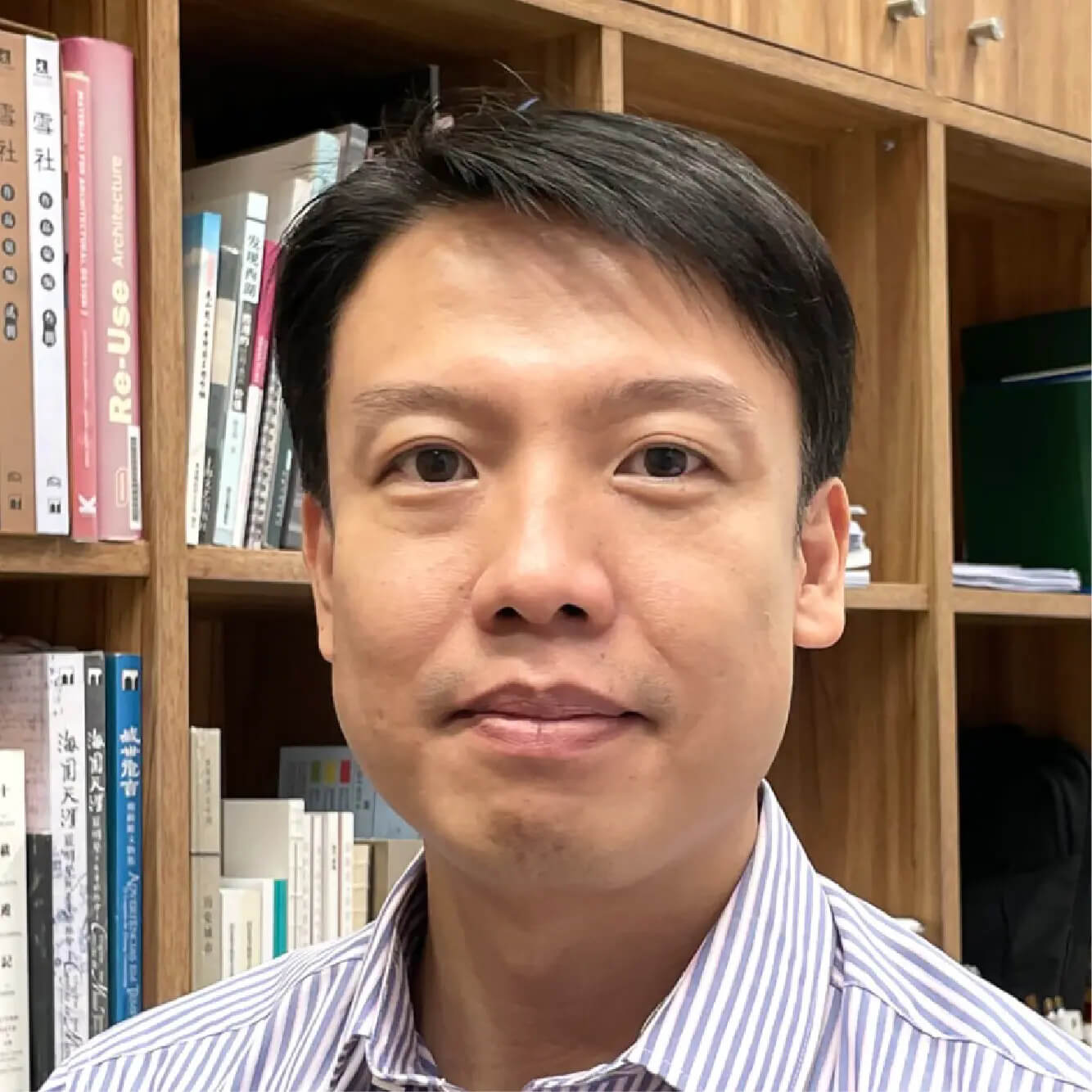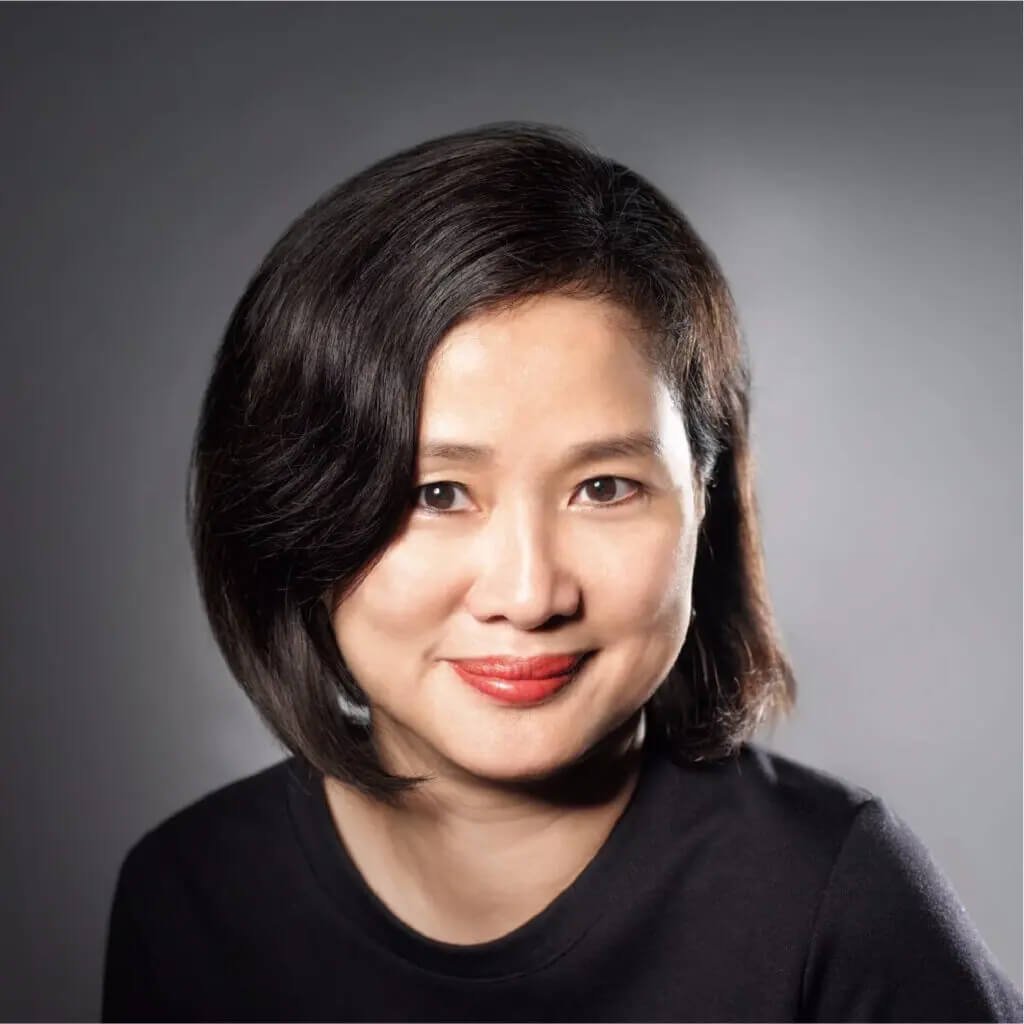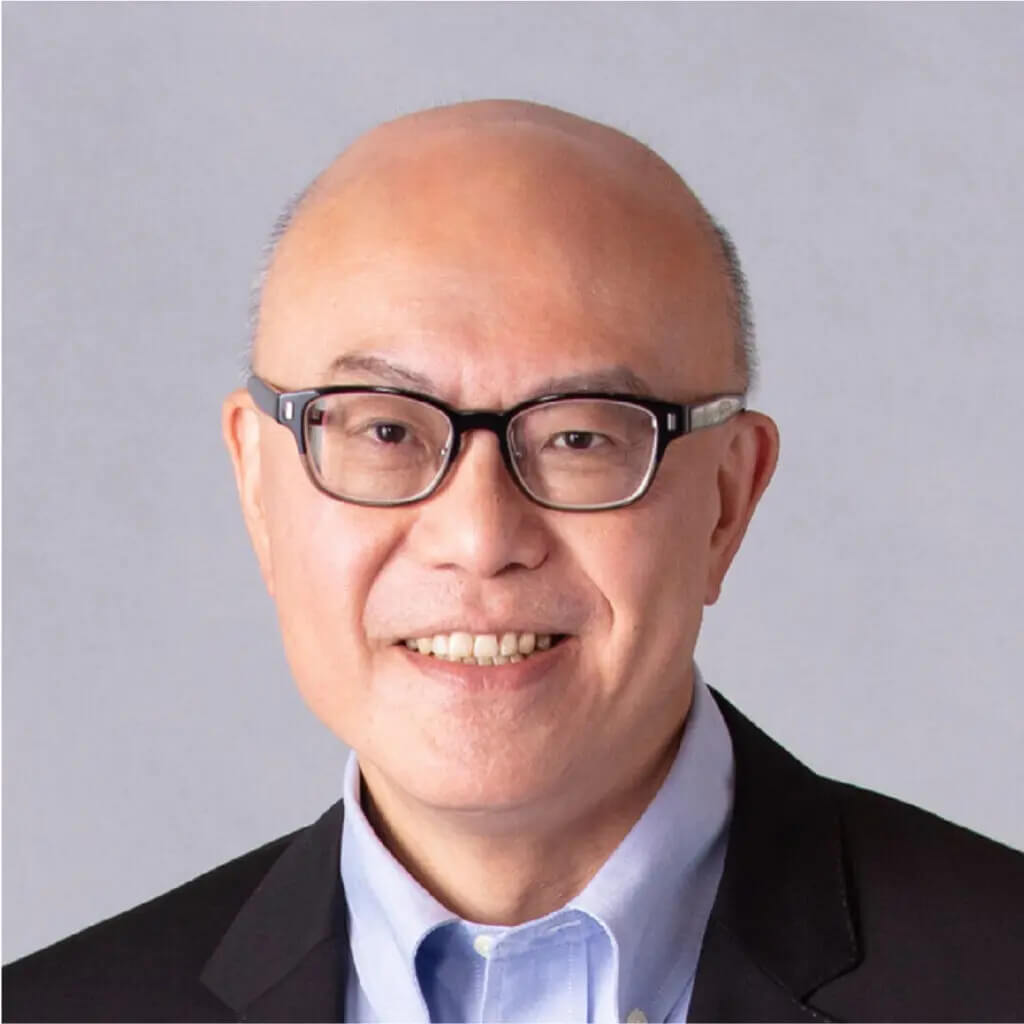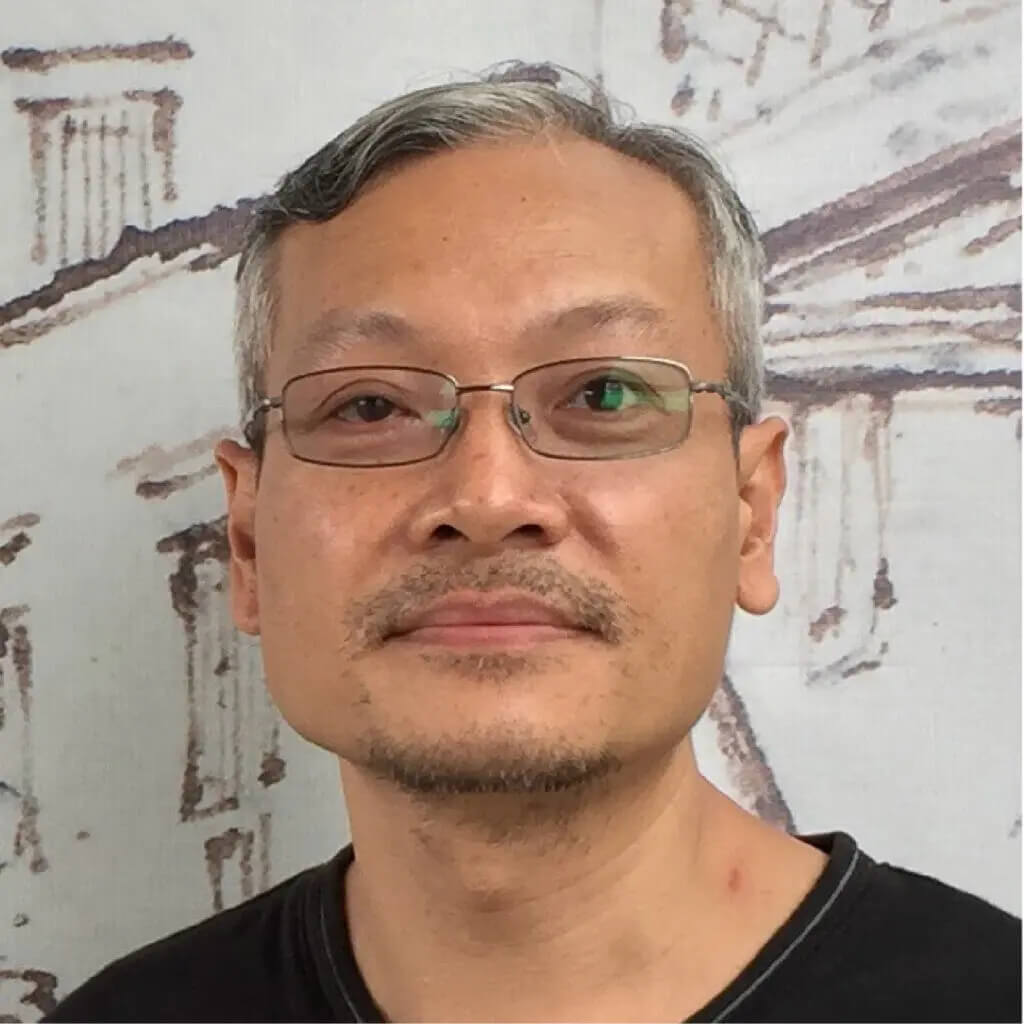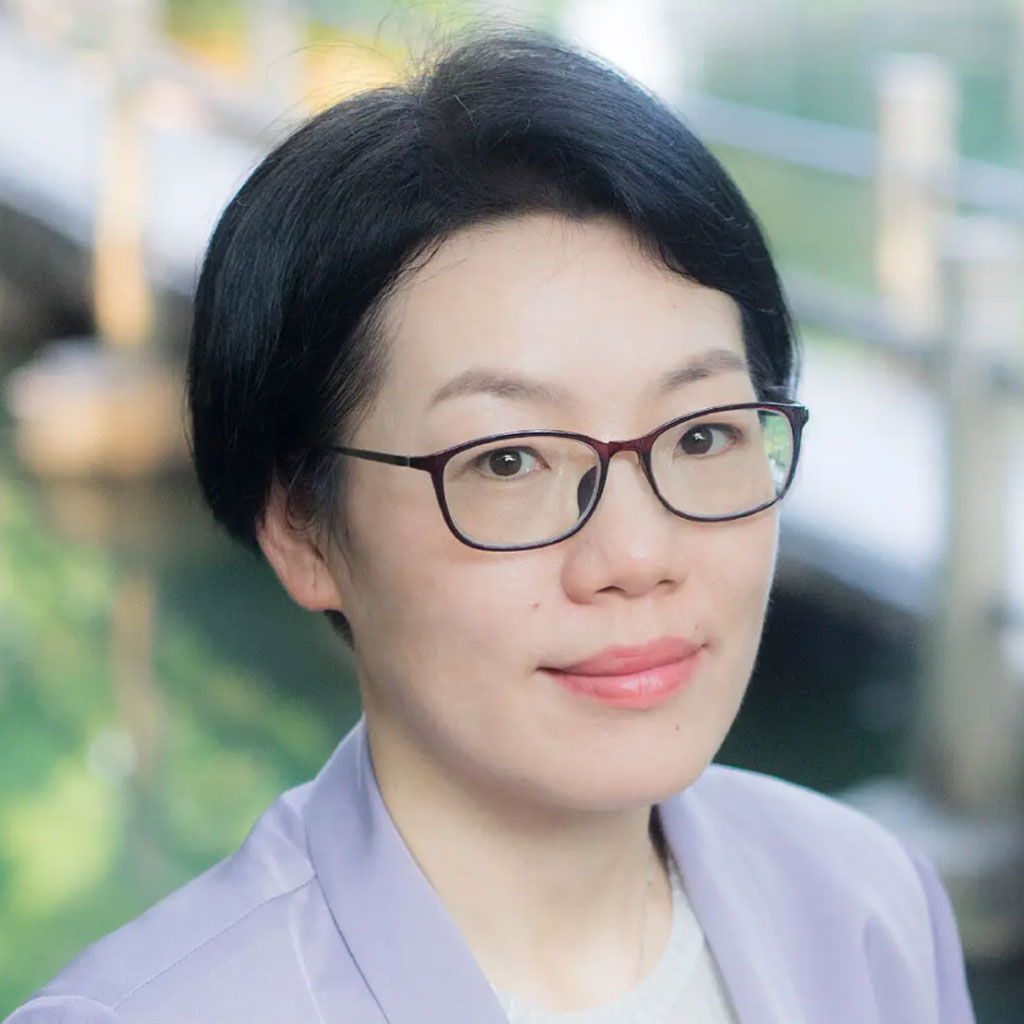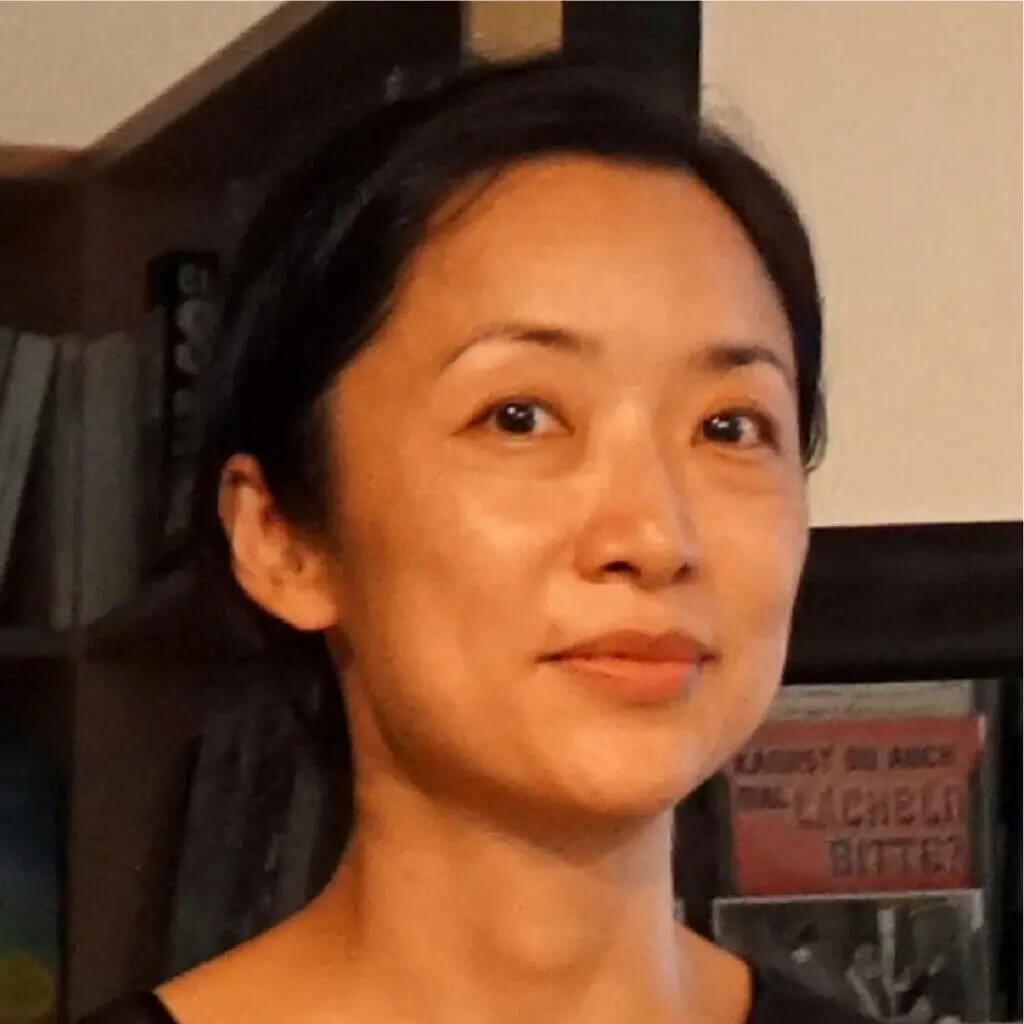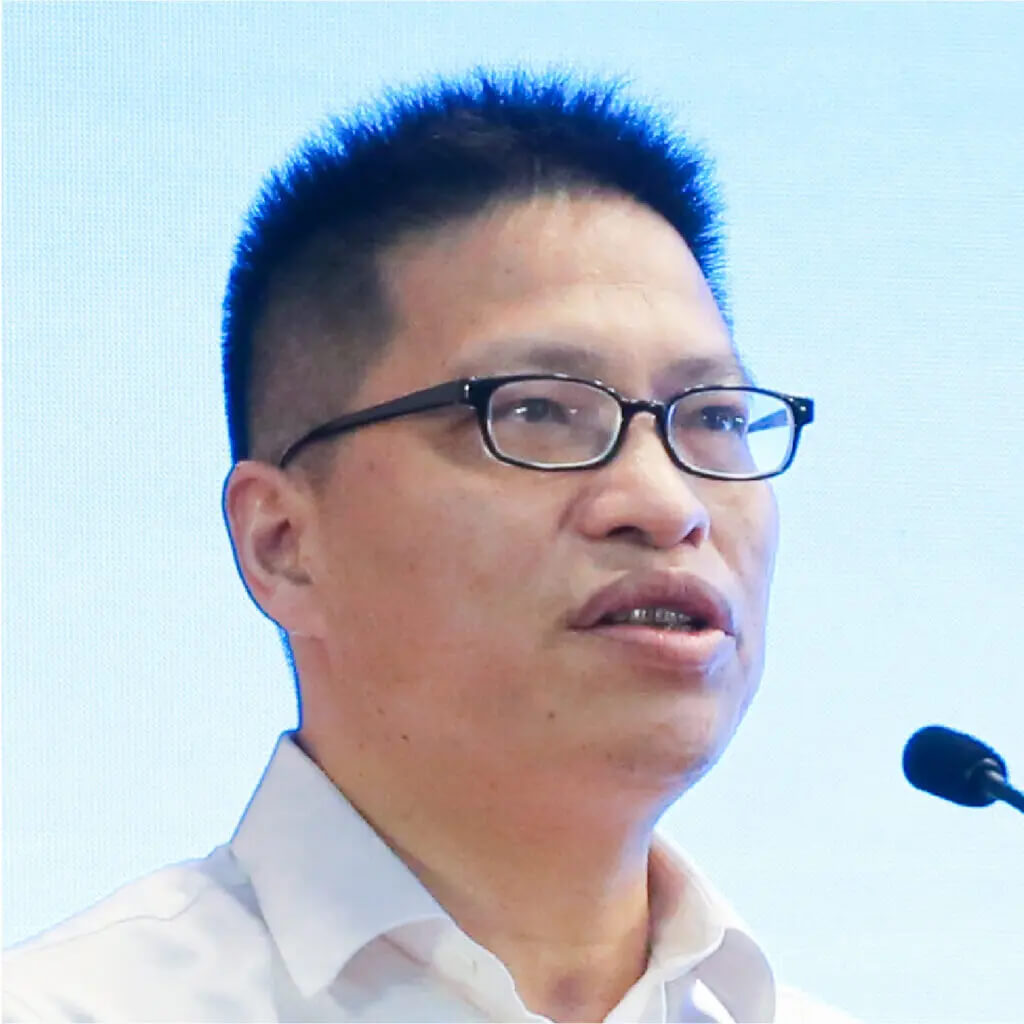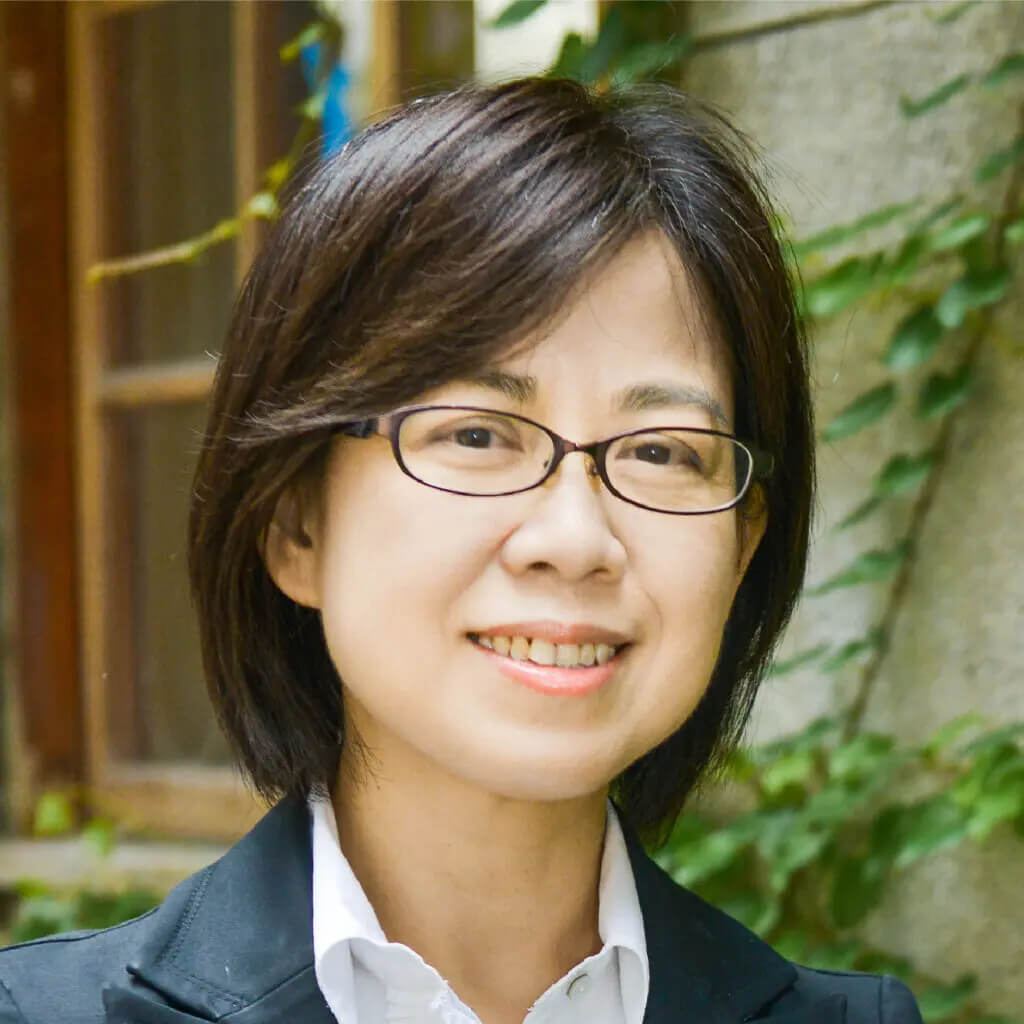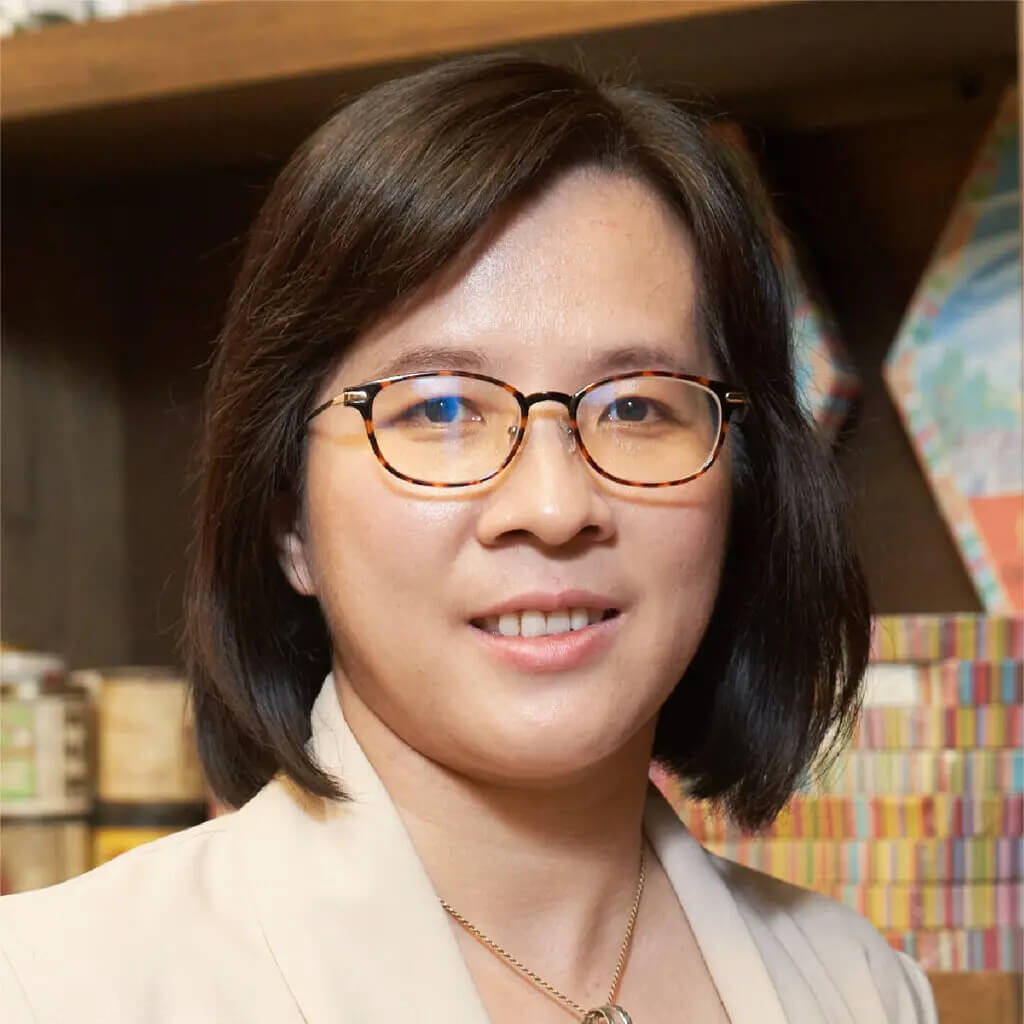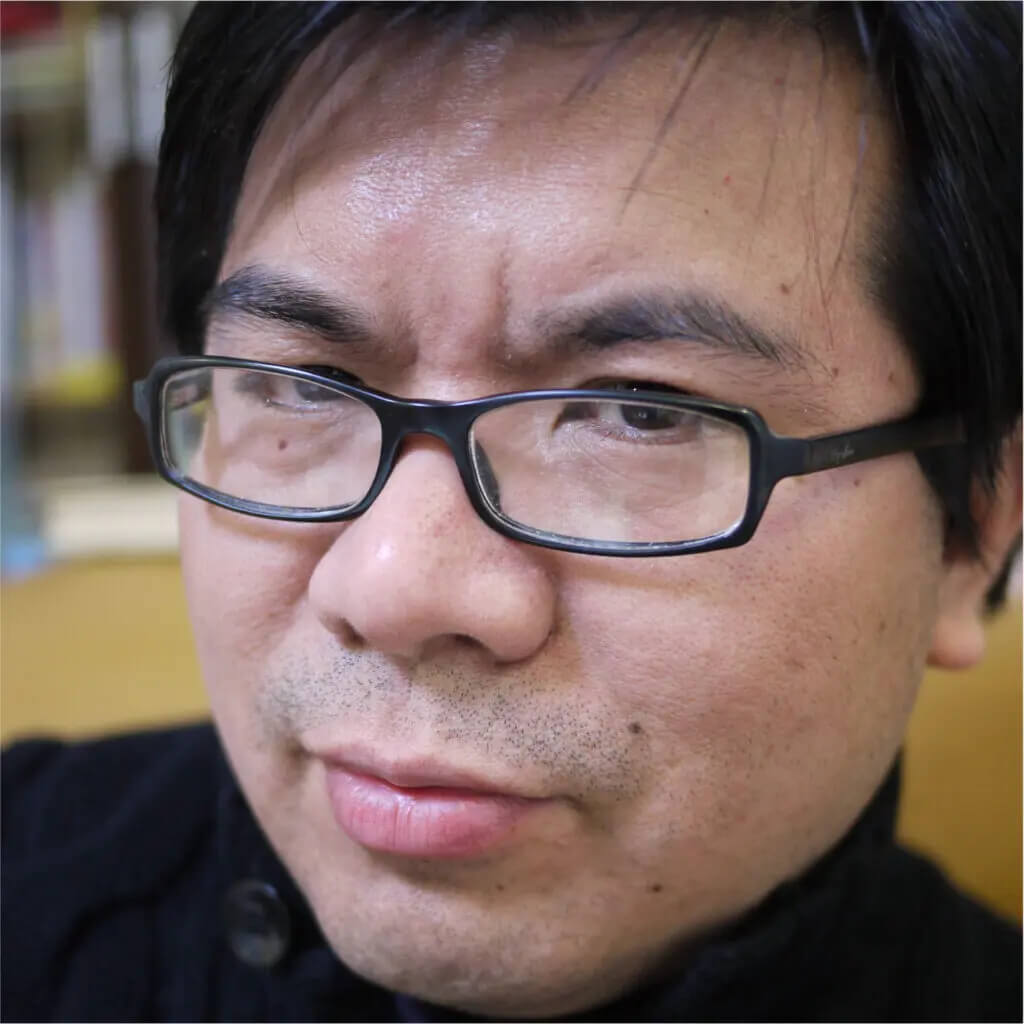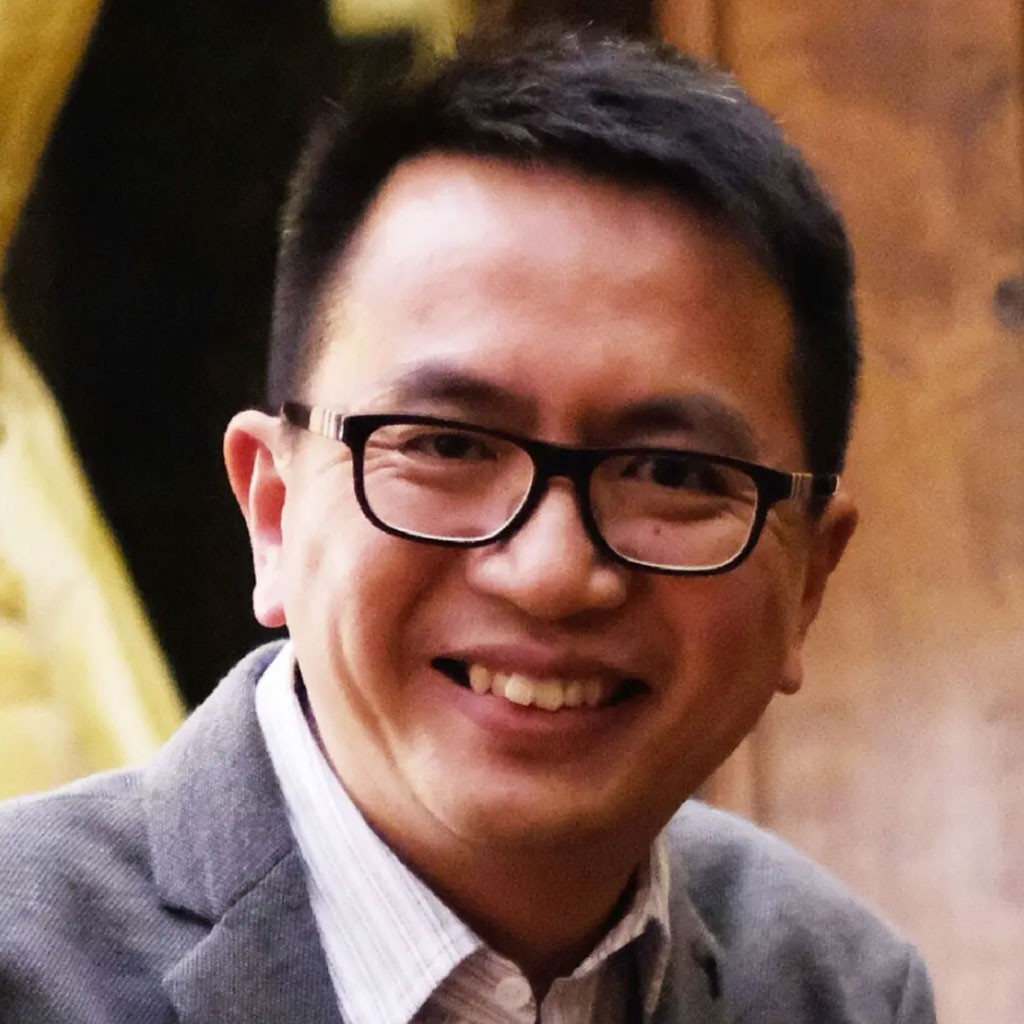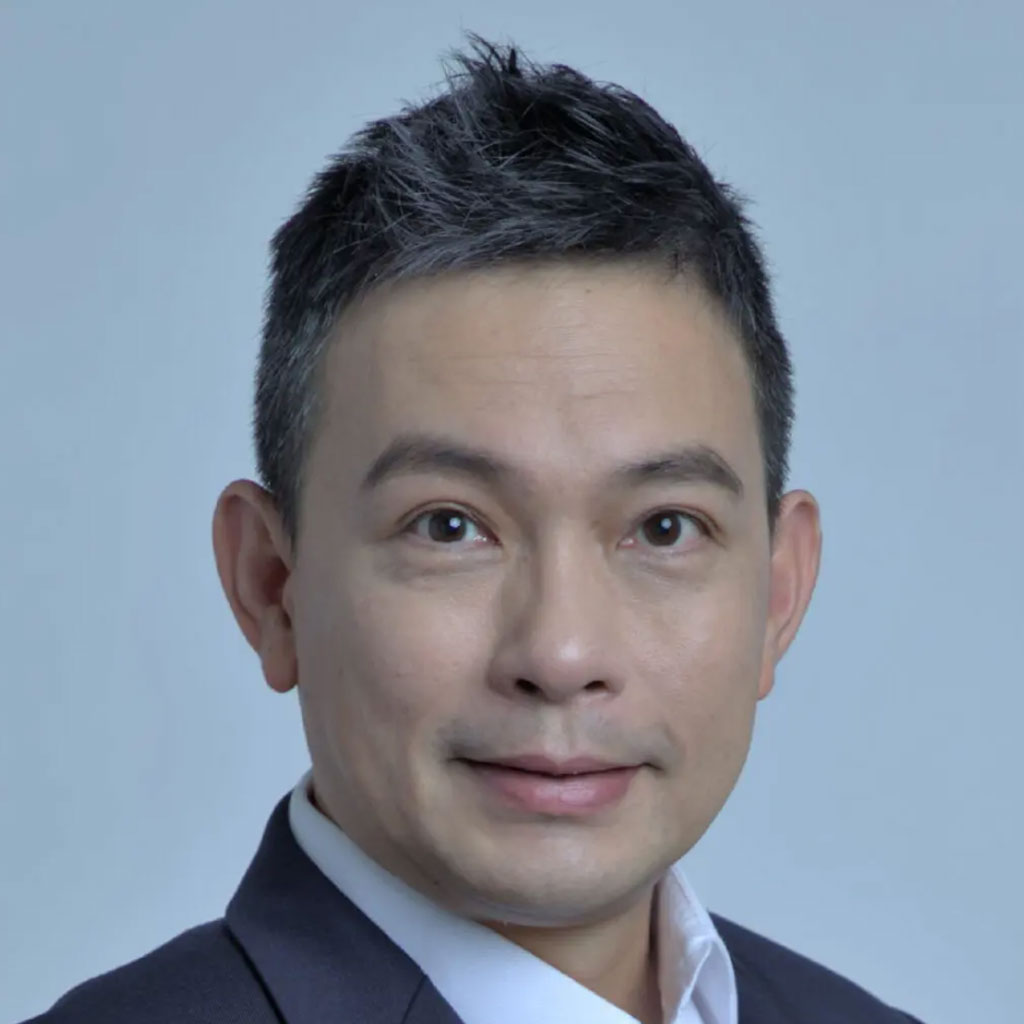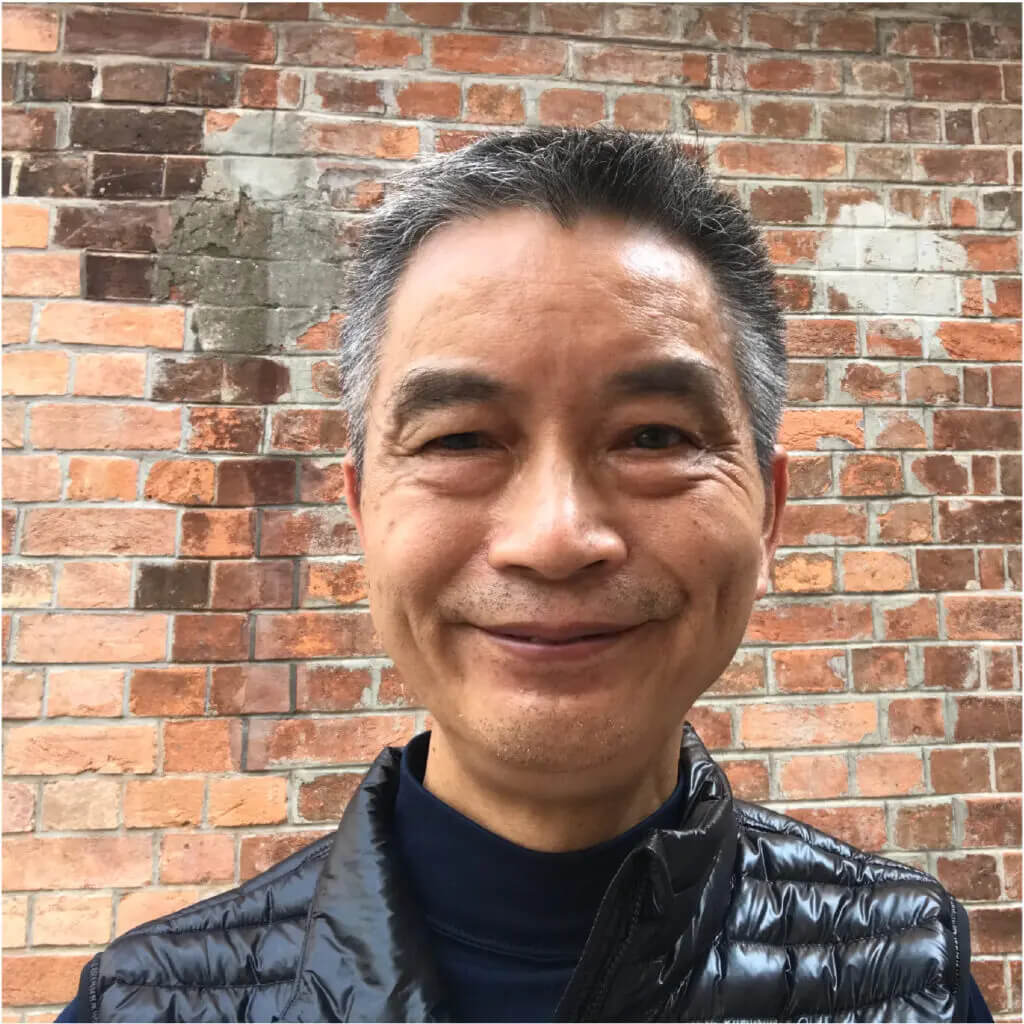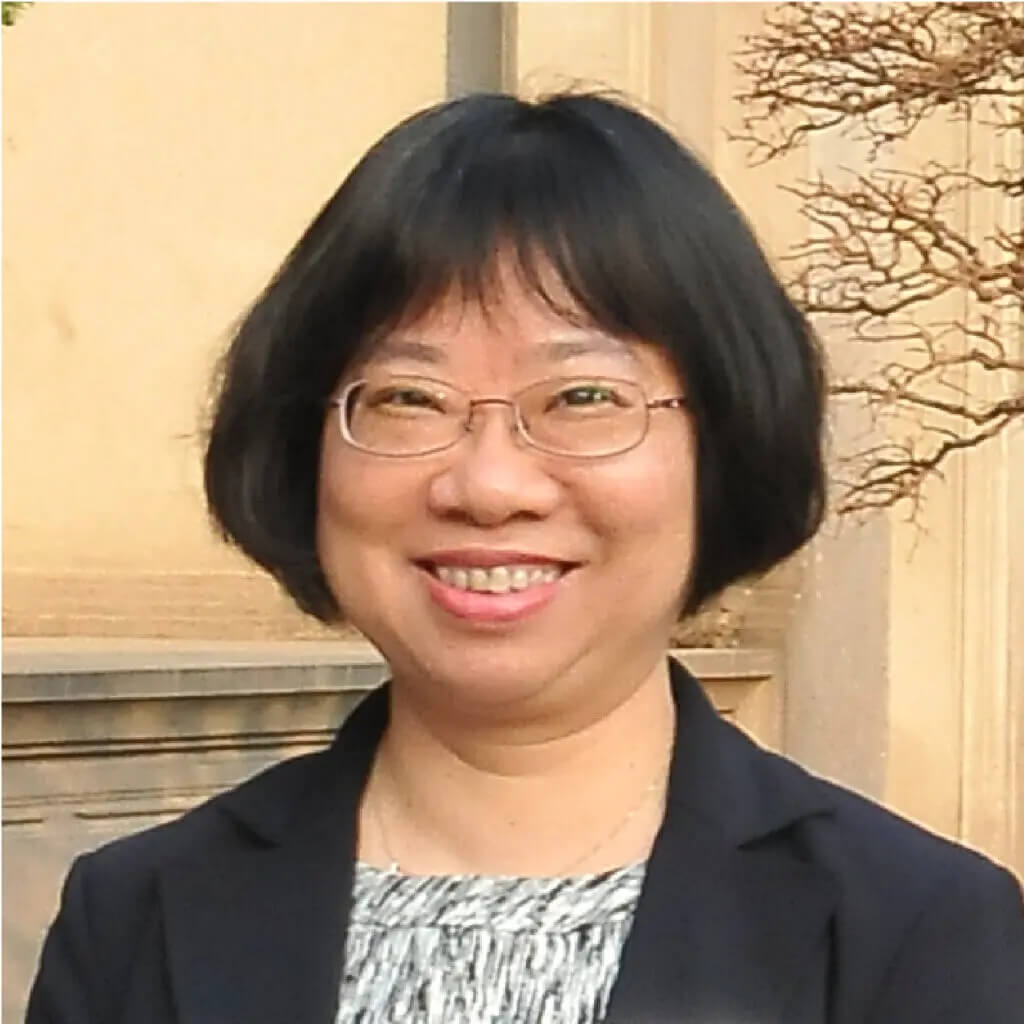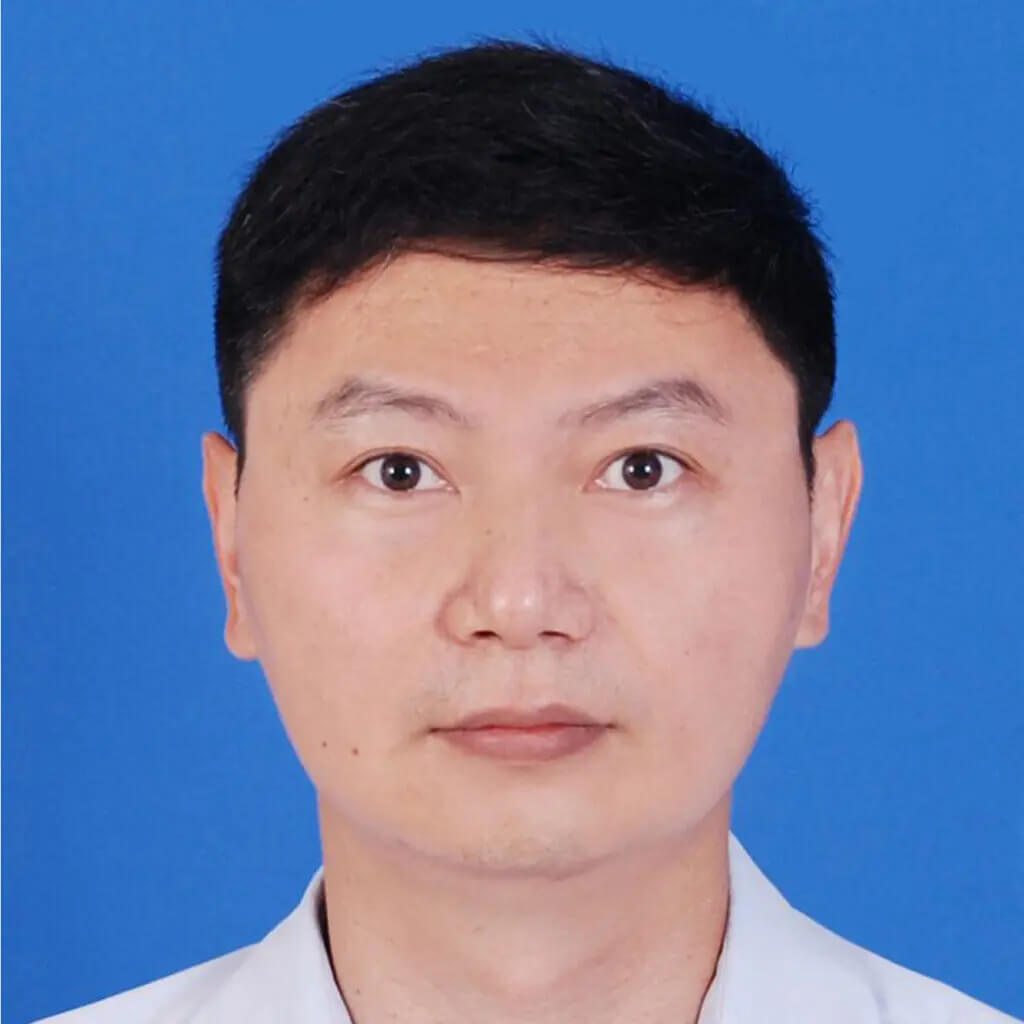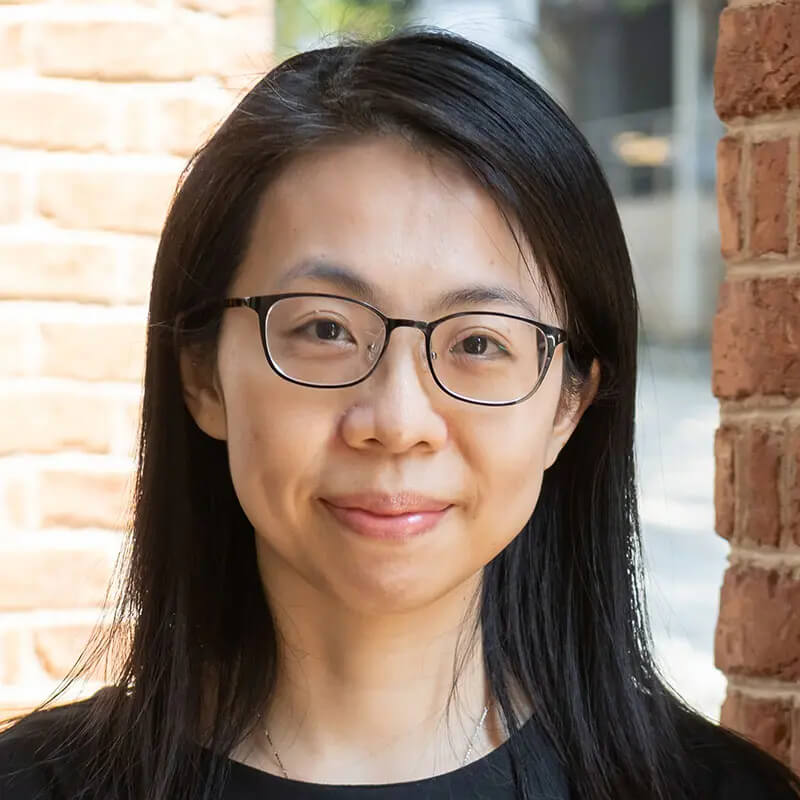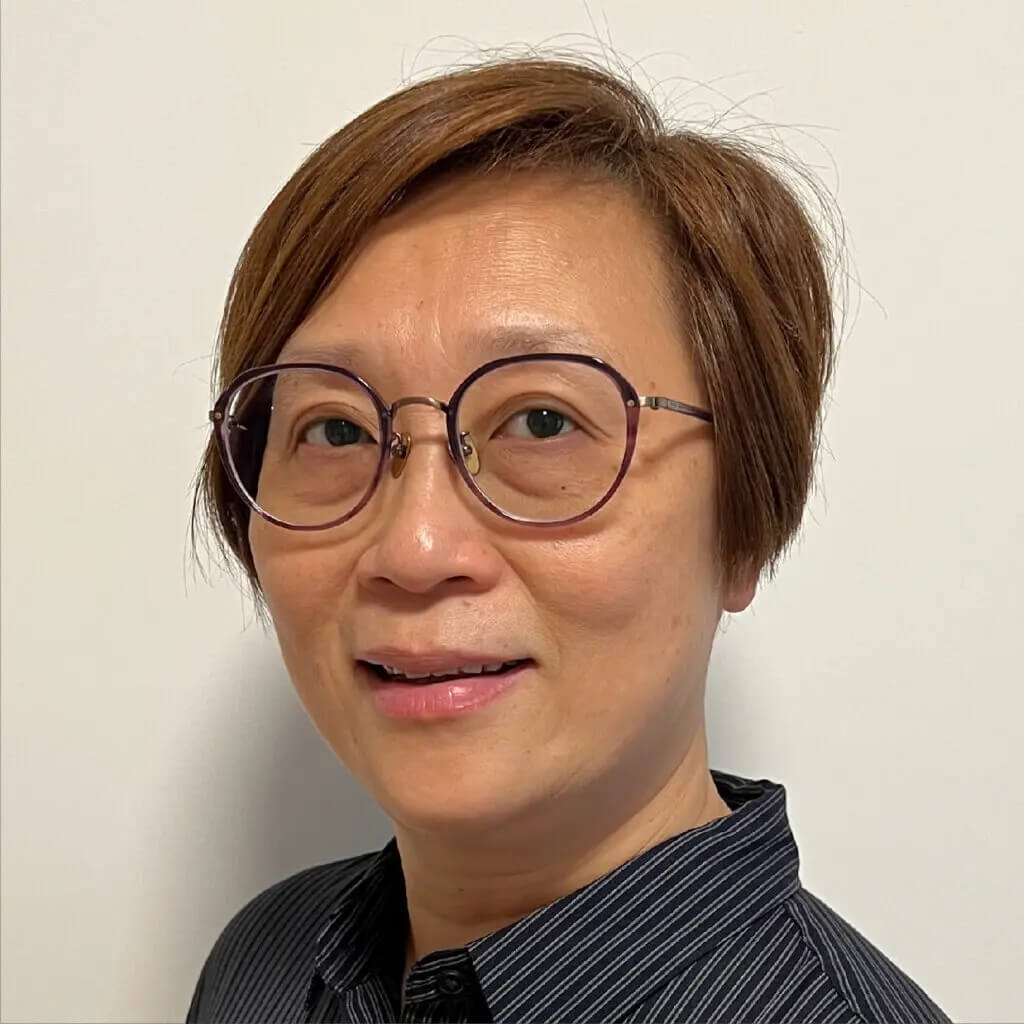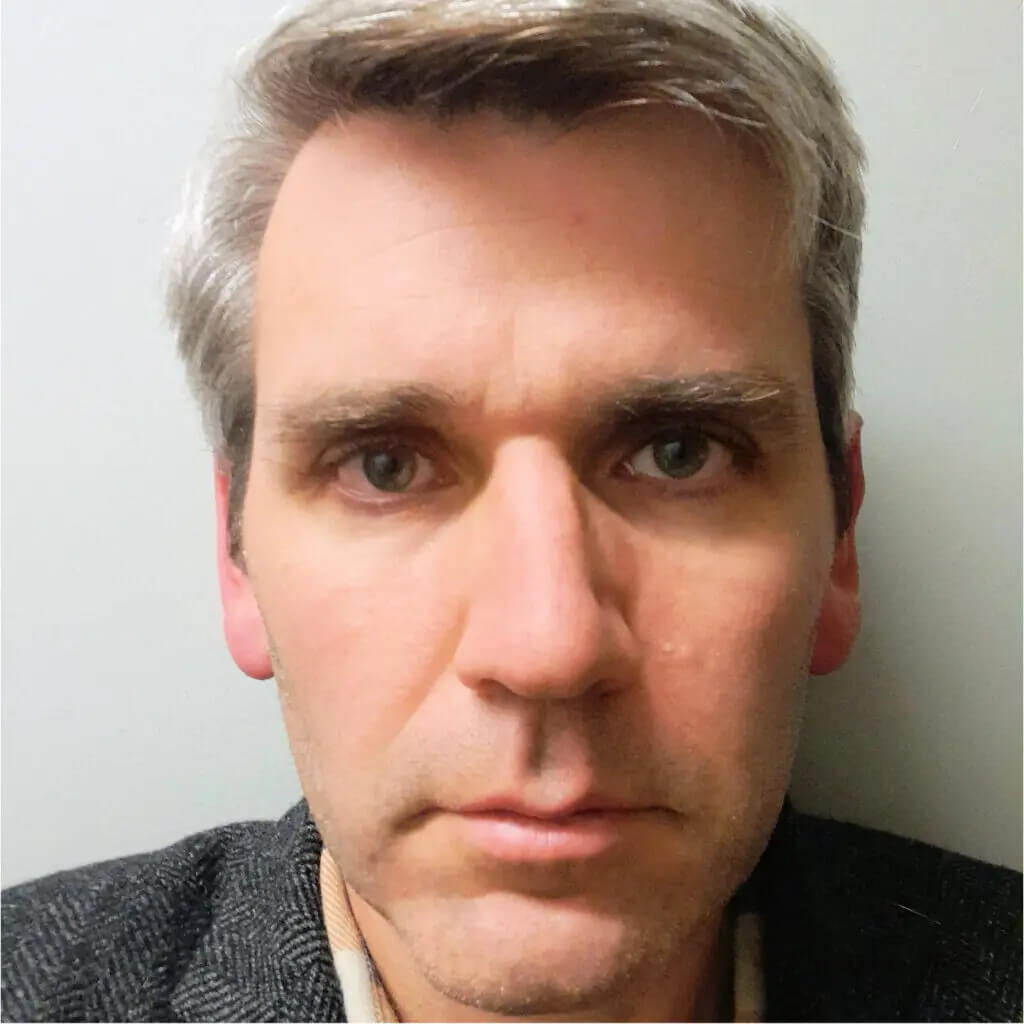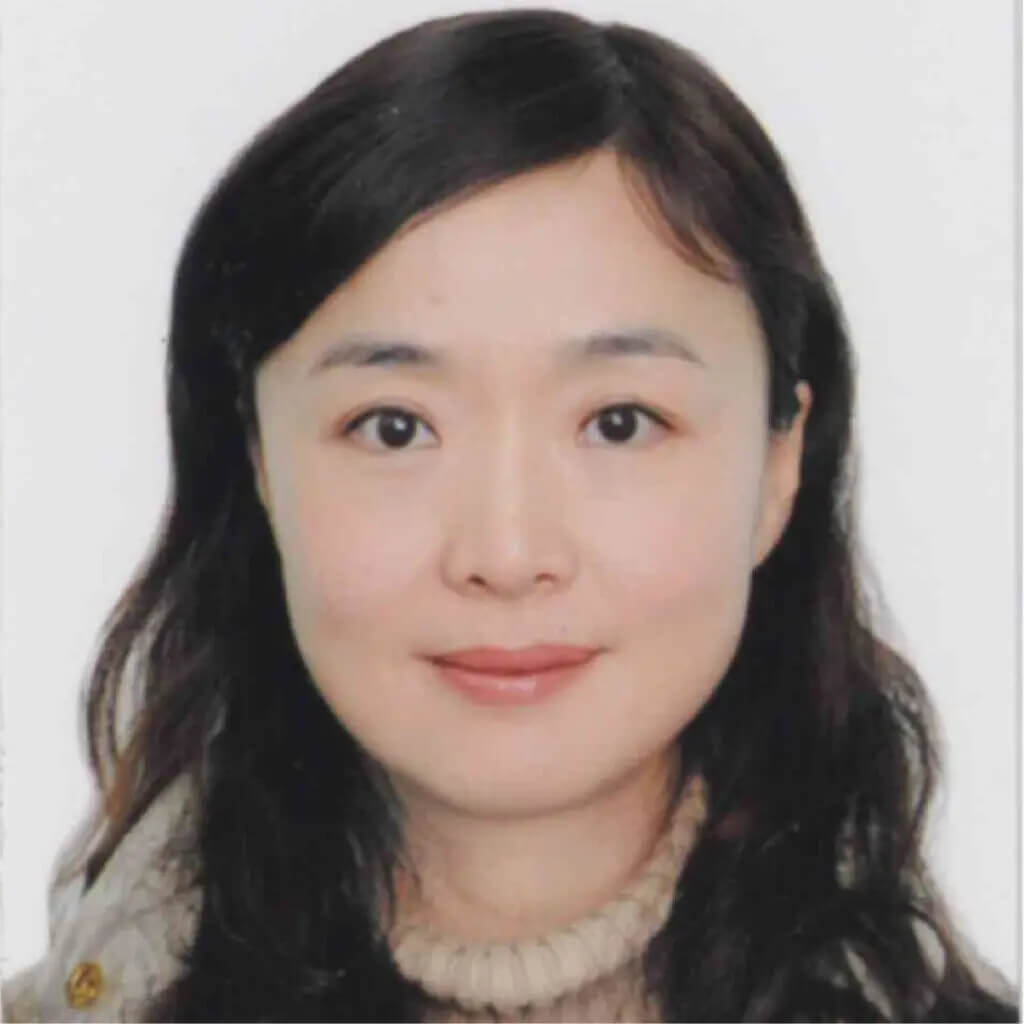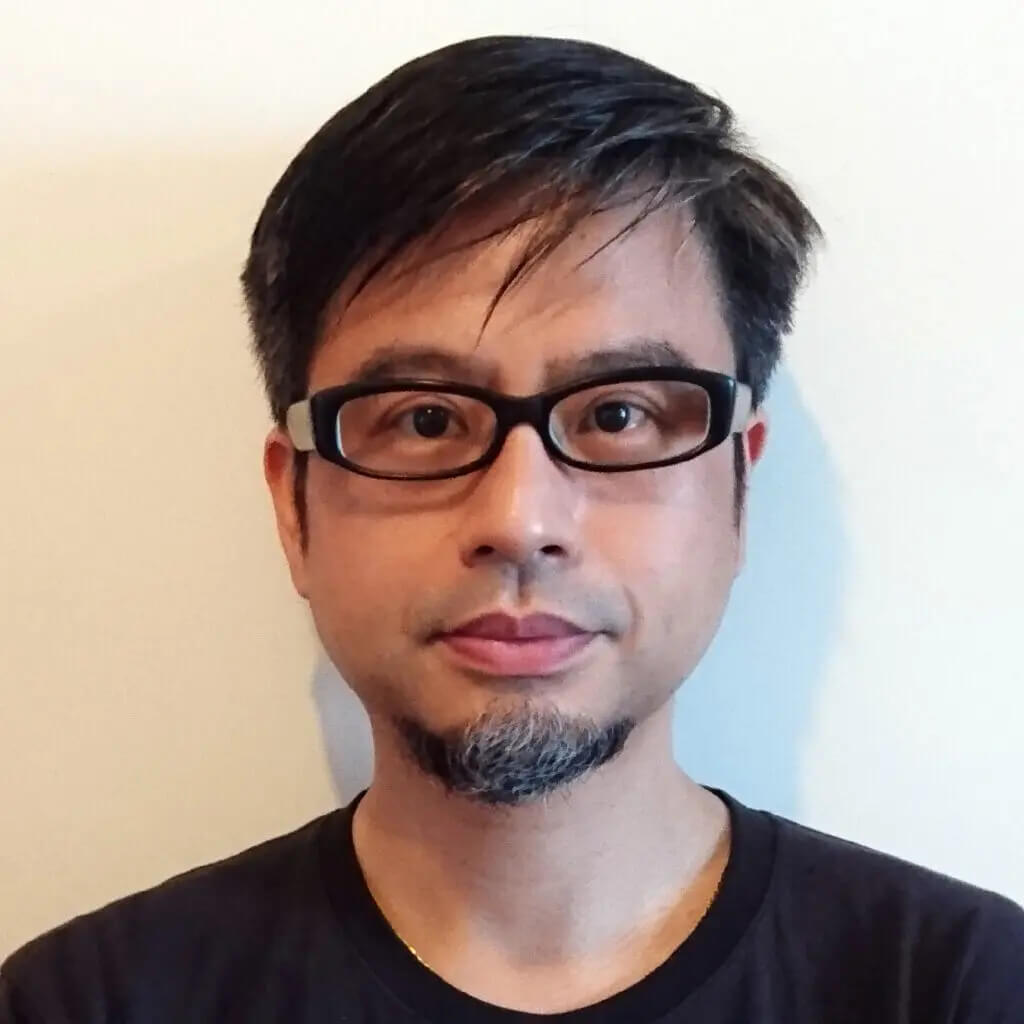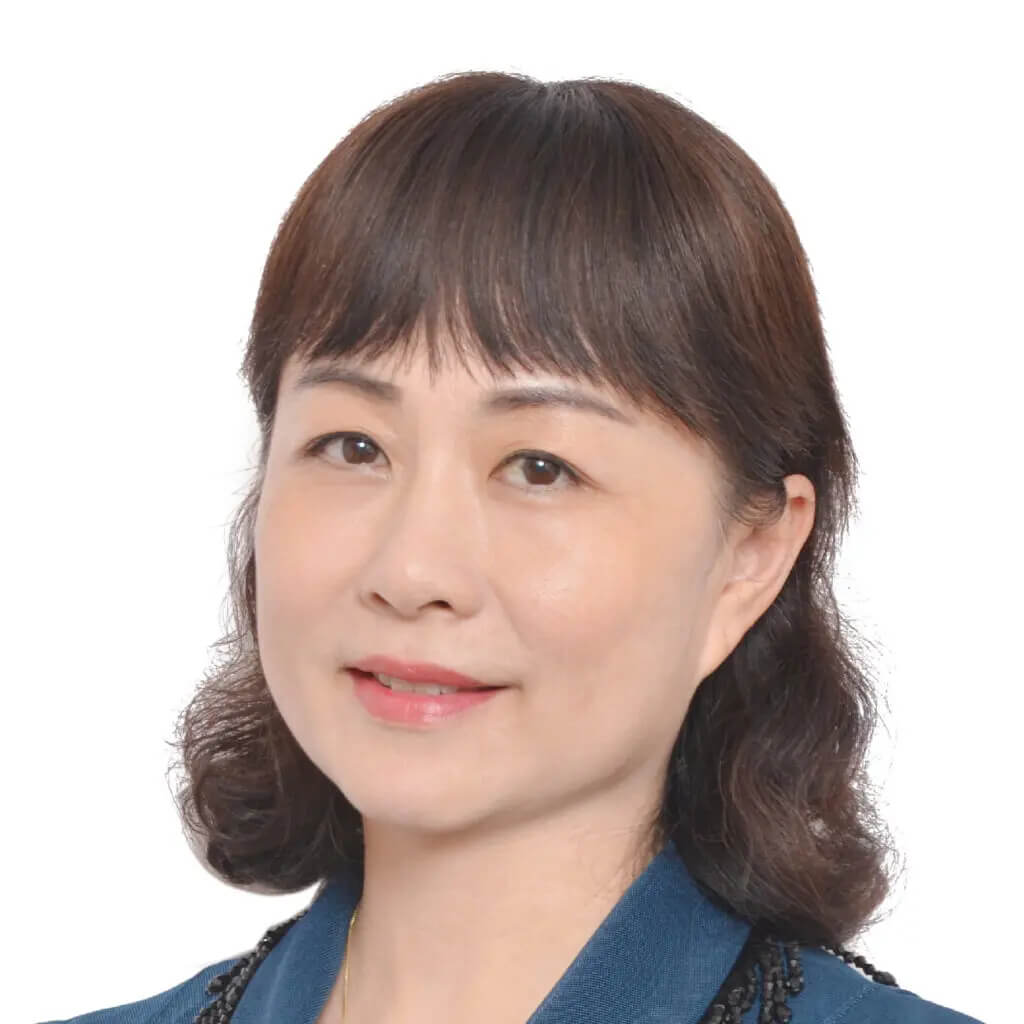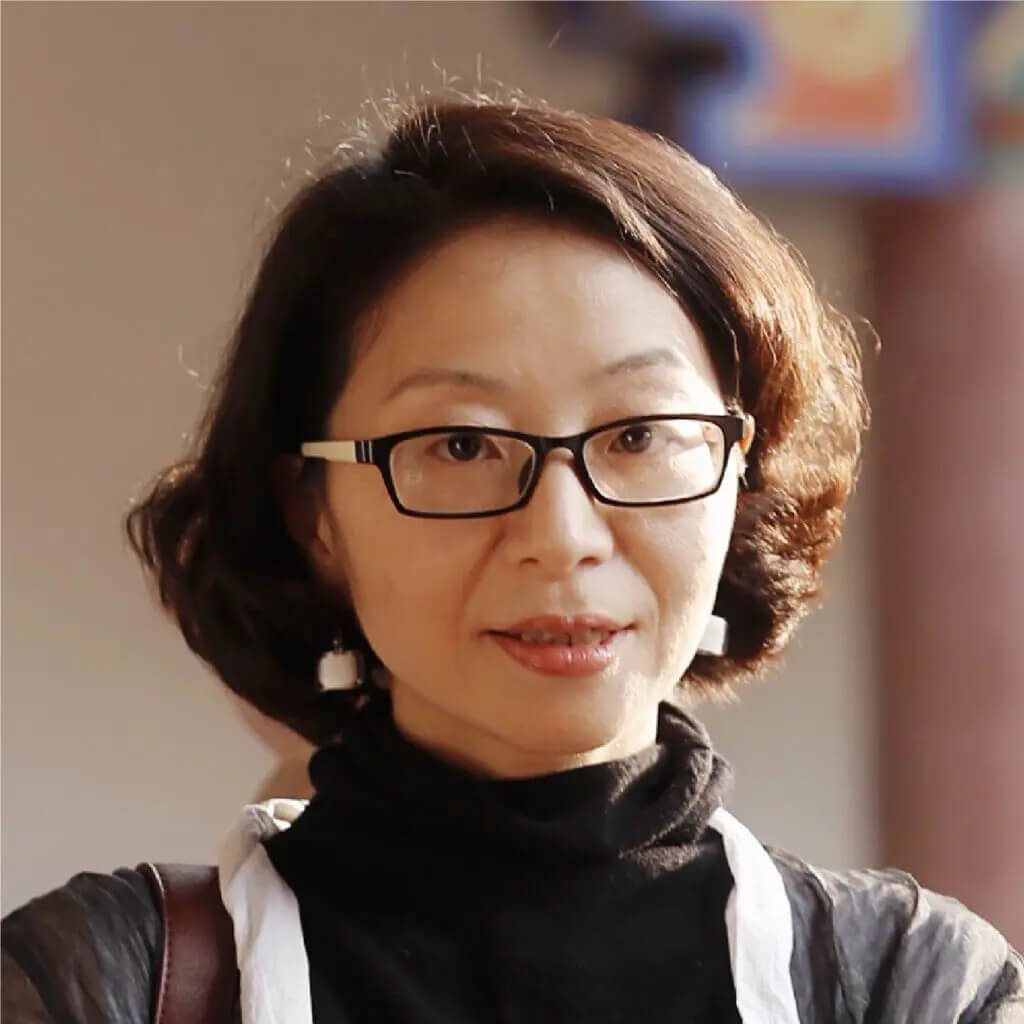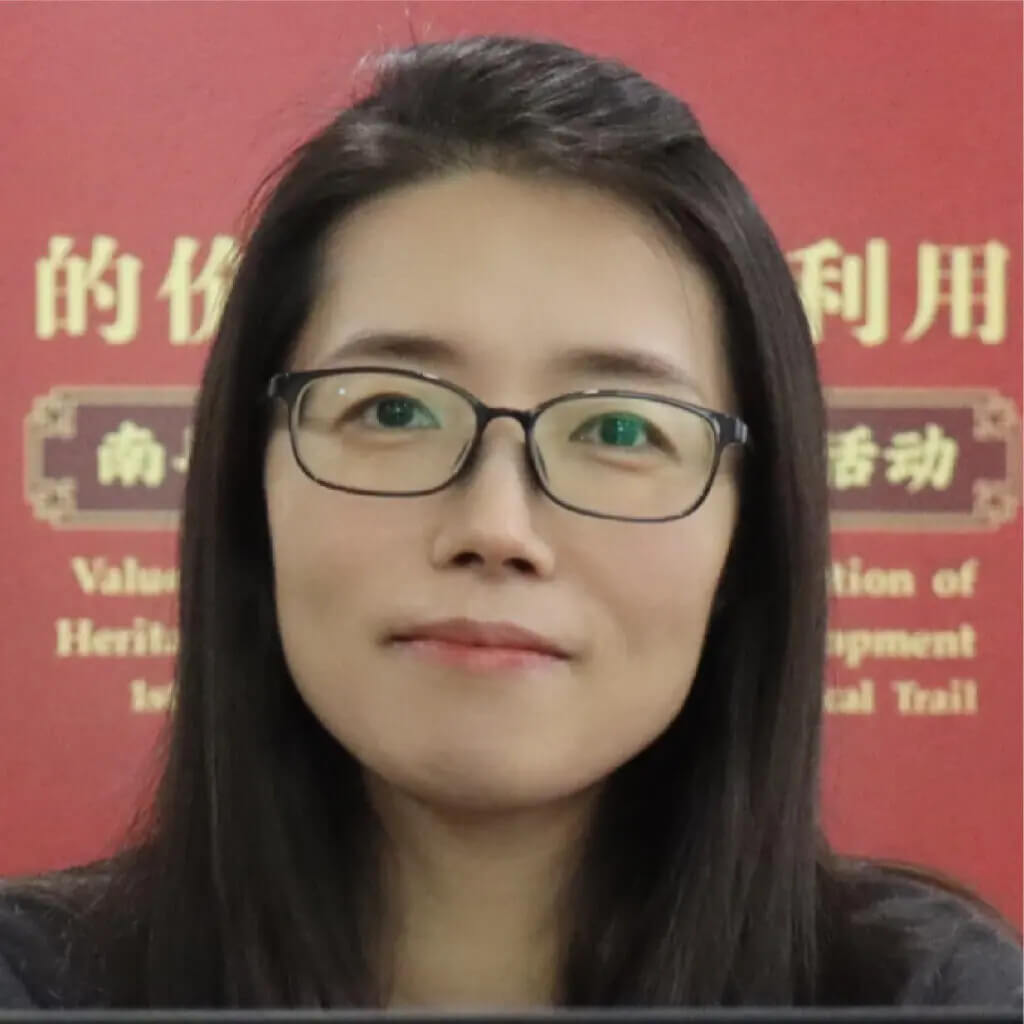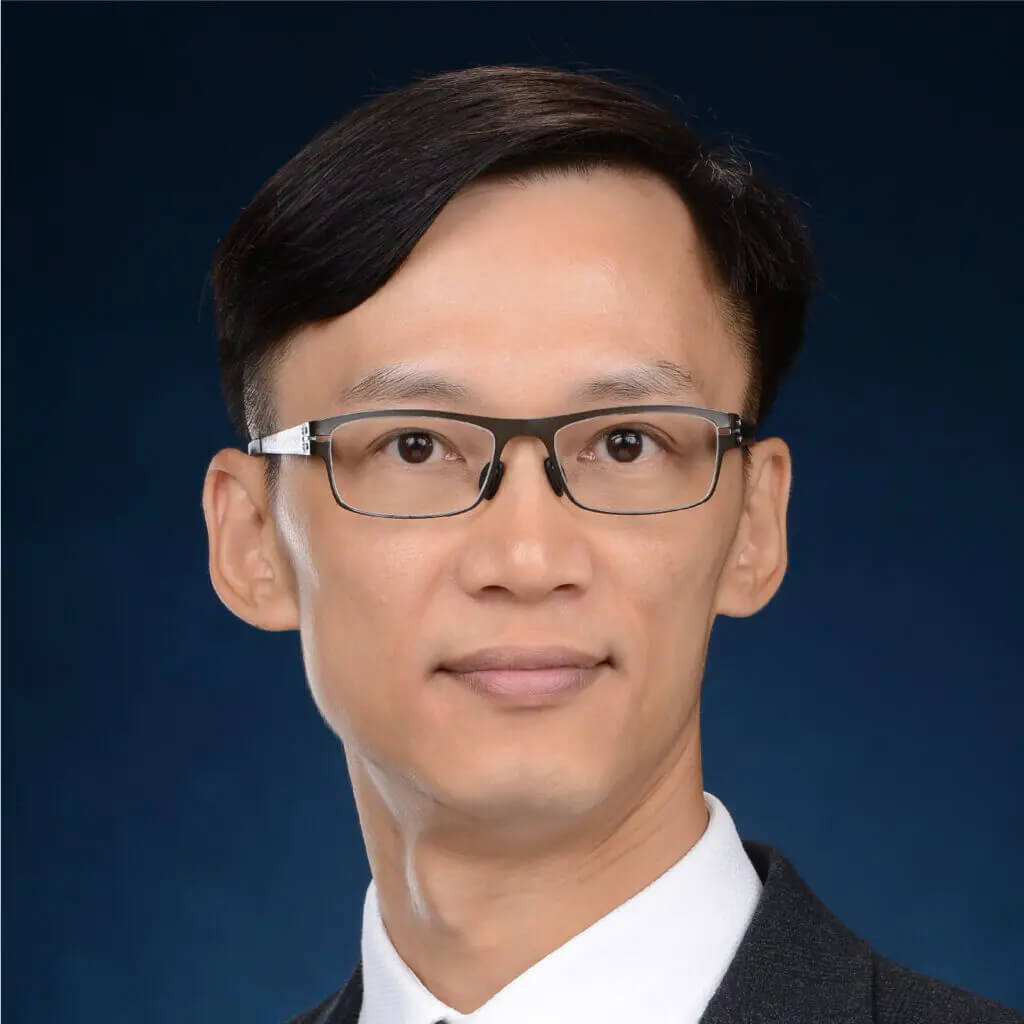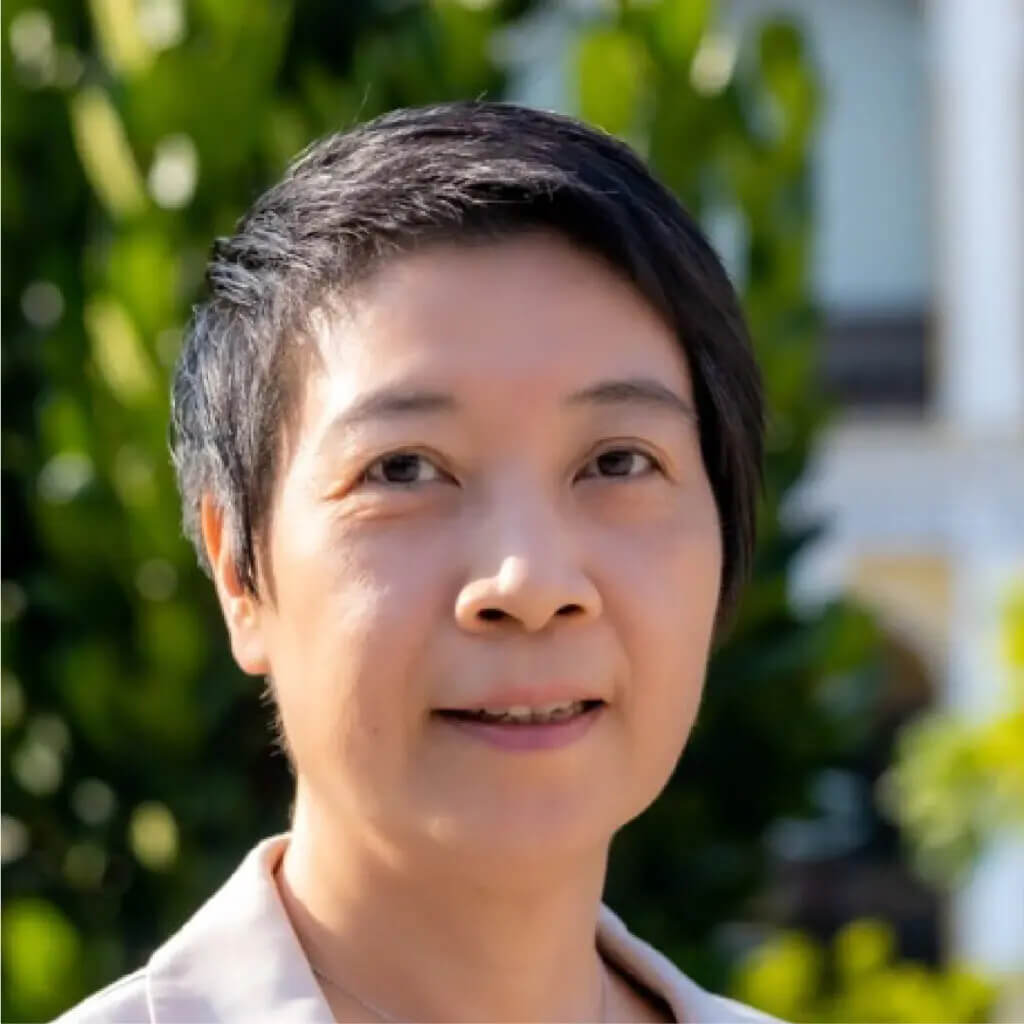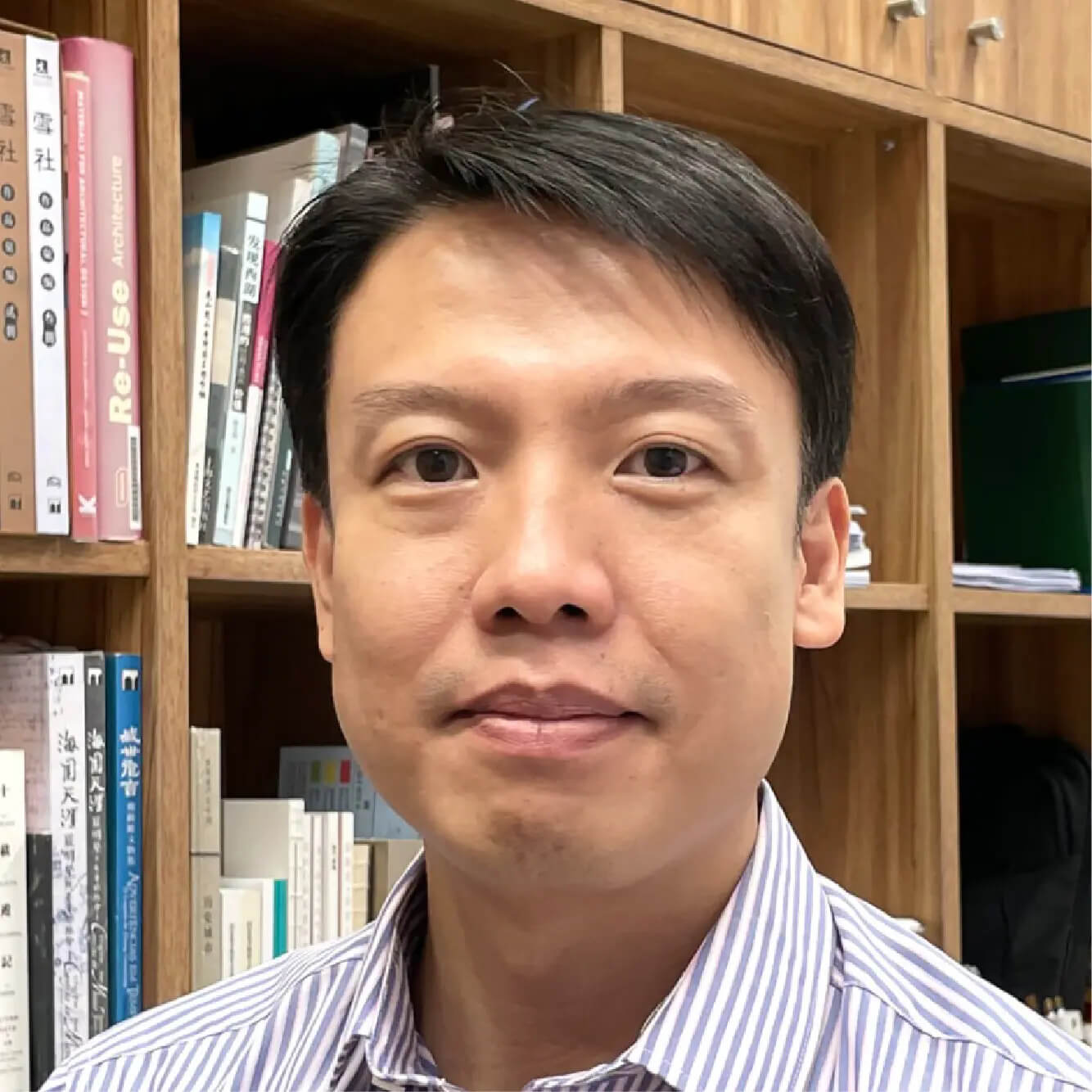Mr Li Xiangdong
China Academy of Cultural Heritage
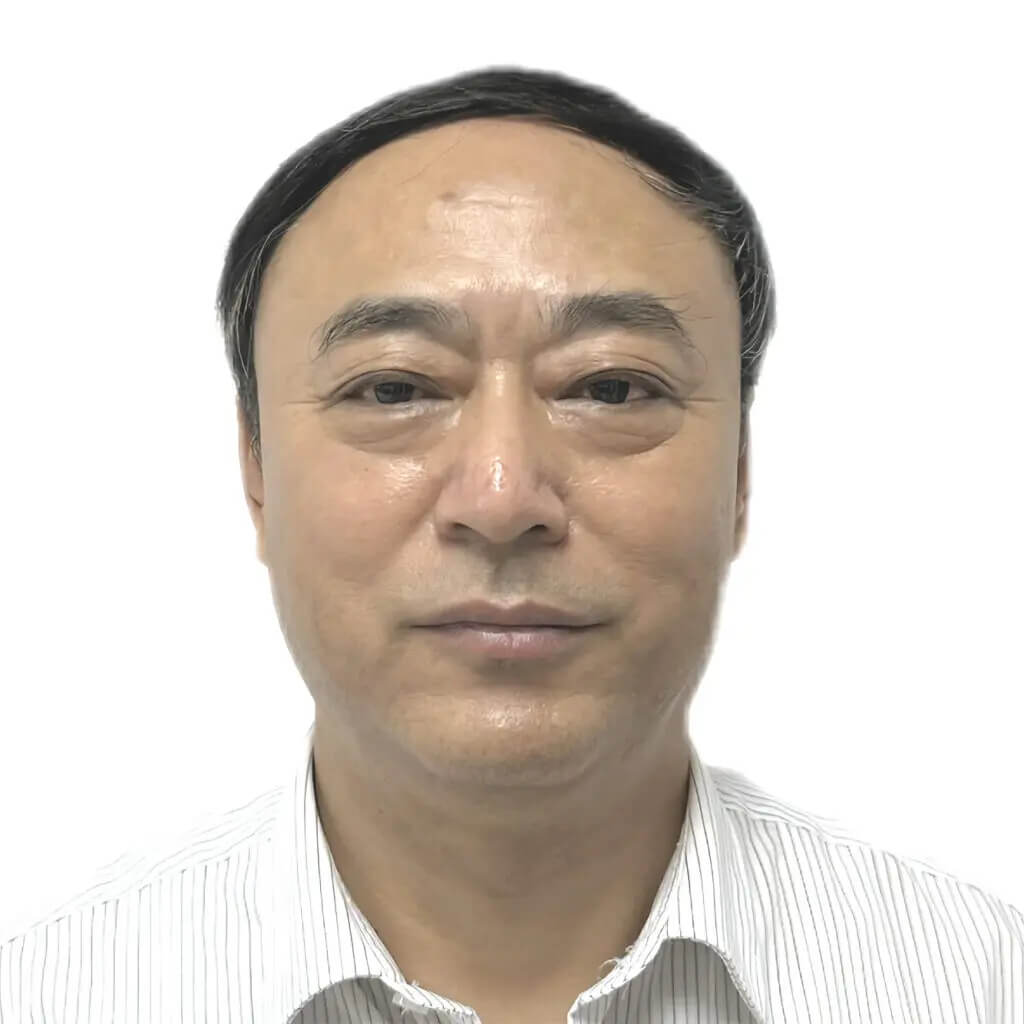
Biography
Li Xiangdong is the Deputy Director and Researcher of the China Academy of Cultural Heritage, and an engineering expert in heritage conservation in the National Cultural Heritage Administration. He is also a board member of the China Association for Conservation Technology of Cultural Heritage. He has presided over a number of important projects, such as the technical assessment in the nomination and selection of the eighth batch of Major Historical and Cultural Sites Protected at the National Level, the inspection and evaluation of the built heritage conservation projects in Shanxi province, and the strategic planning of the protection and utilisation of cultural relics relating to the reform and opening up of Shenzhen. He is the author of Fengguo Temple in Yi County and The Survey Report of the Cultural Resources of the Great Wall of the Yan, Qin and Han Periods in Liaoning Province. He also edited Twin Tower of Chongxing Temple – The Restoration of the West Tower, which was awarded the National Top Ten Survey and Design Projects for Heritage Conservation and the Heritage Conservation Planning Prize.
Presentation Synopsis
In May 2019, President Xi Jinping proposed the Asian Initiative for Cultural Heritage Conservation, a major international initiative to promote the conservation of Asian cultural heritage. In October 2021, the Asian Dialogue for Cultural Heritage Conservation multilateral conference, hosted by the National Cultural Heritage Administration, injected positive momentum into the establishment of an Asian cultural heritage cooperation platform. The China Academy of Cultural Heritage actively engages in the conservation of Asian cultural heritage and formed a multi-cooperation pattern and distinctive cooperation concept in countries such as Cambodia, Uzbekistan and Nepal. This effort has been internationally recognized. In the future, the China Academy of Cultural Heritage will focus on the guiding principles of the new era on cultural heritage, and work with its domestic and foreign counterparts to raise the standards of Asian cultural heritage conservation and utilization to reflect the magnificence of Asian civilizations.
